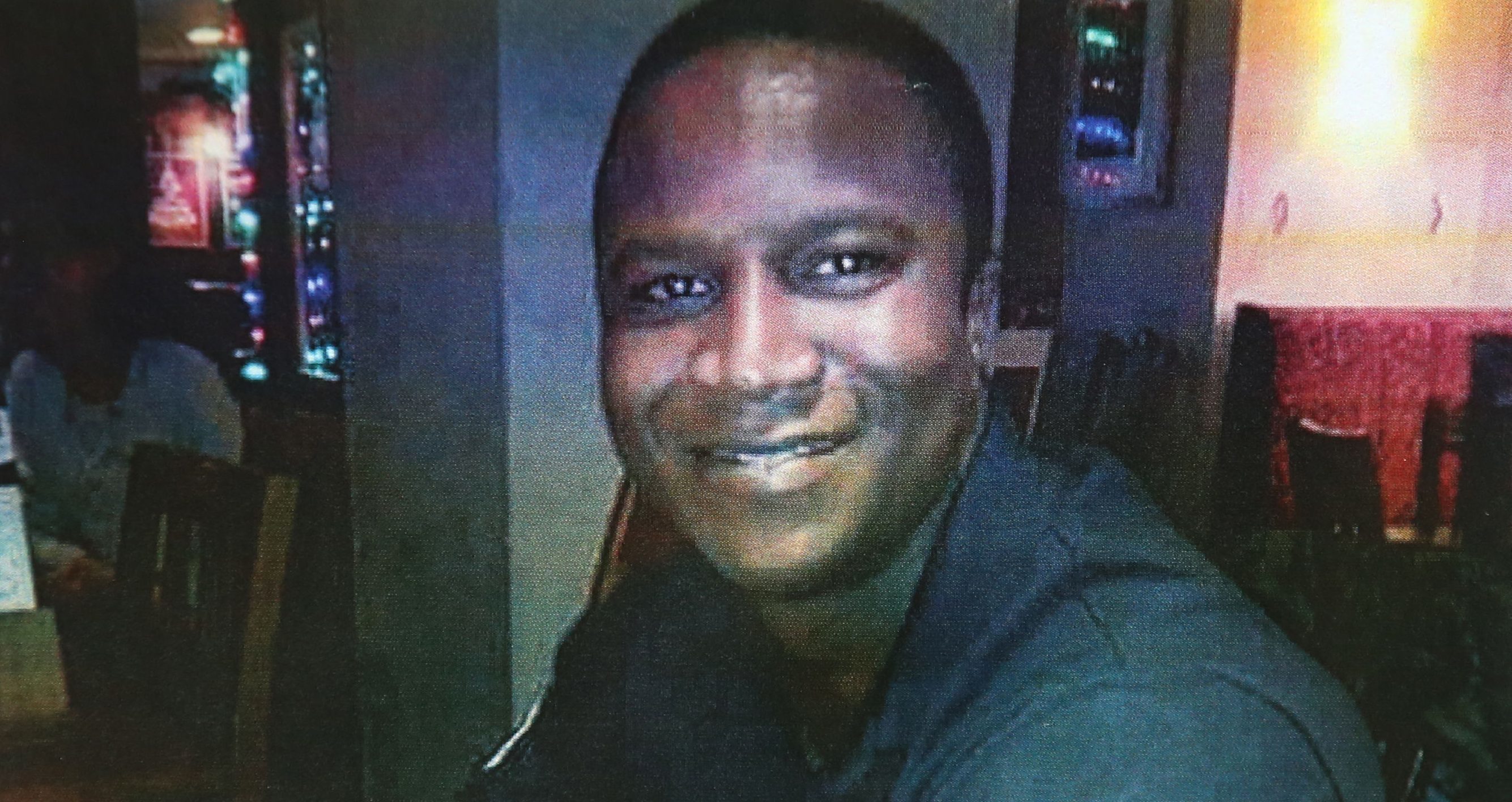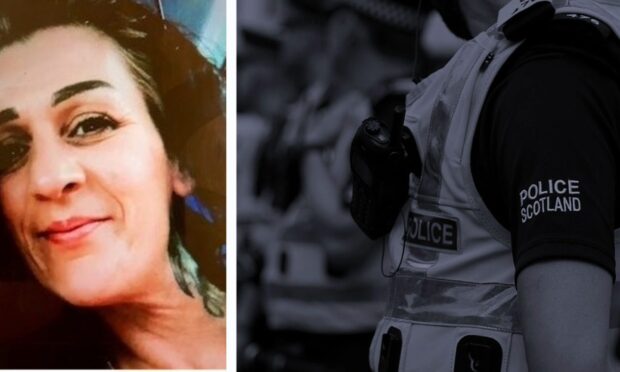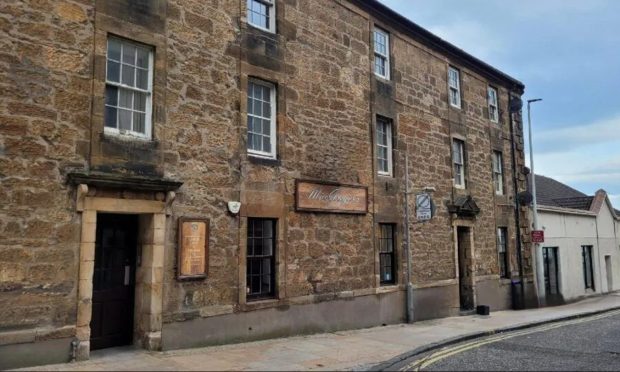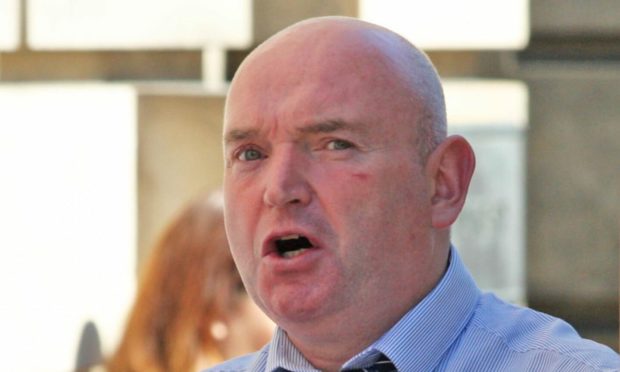Tests have still not established exactly how a Fife father-of-two died – more than a year after he passed away in police custody.
According to reports over the weekend, pathologists have yet to determine a firm cause of death for Sheku Bayoh, who was pronounced dead following an altercation with a number of officers in a Kirkcaldy street on May 3 2015.
Friends and family of the 31-year-old have repeatedly demanded answers into the circumstances behind his death, and a report into the findings of the Police Investigations and Review Commissioner (PIRC) – which was asked to investigate the case – is due to be completed this summer.
However, there remain more questions than answers until the eagerly-awaited document is released.
Aamer Anwar, the Bayoh family’s solicitor, said: “The family are tired of empty words and want results.
“They wonder whether it would have taken the authorities 13 months to determine a cause of death if Sheku had died after being restrained by nine civilians.
“Each and every step of the way they have had to keep the pressure on the PIRC in the hope that the result would not be a whitewash.”
Former Northern Ireland state pathologist Professor Jack Crane was commissioned by the PIRC to try and find a cause of death, while Dr Nat Cary – who was involved in pathology work following the Hillsborough tragedy – worked on post-mortem tests on behalf of the Bayoh family.
Mr Bayoh’s relatives had been concerned that experts may have blamed a medical condition – “excited delirium” – which has been cited in other custody deaths.
Instead, they believe Mr Bayoh may have died from positional asphyxiation caused by the actions of officers involved.
A PIRC spokesperson said: “This is a complex and wide-ranging investigation and, as it has progressed, further lines of inquiry have emerged which have lengthened the process.
“The Commissioner continues to act on the instructions of the Lord Advocate and is committed to delivering a thorough, impartial and independent investigation.
“A report will be submitted to him in due course.”











